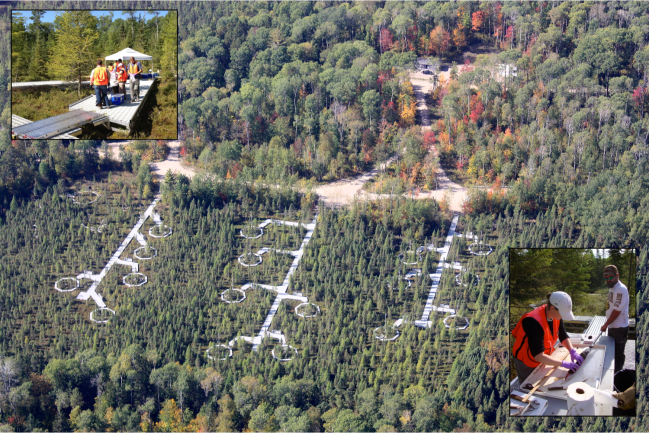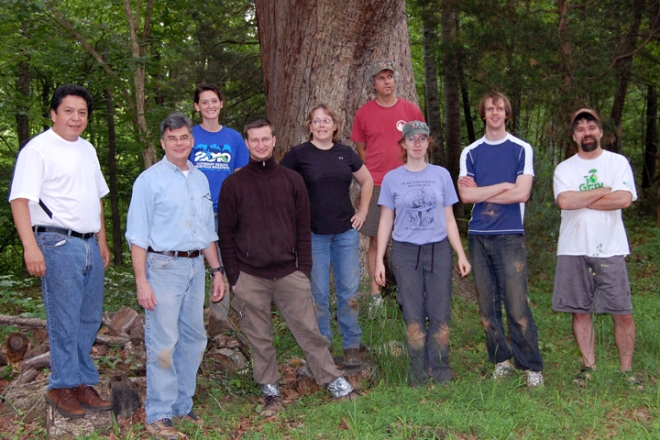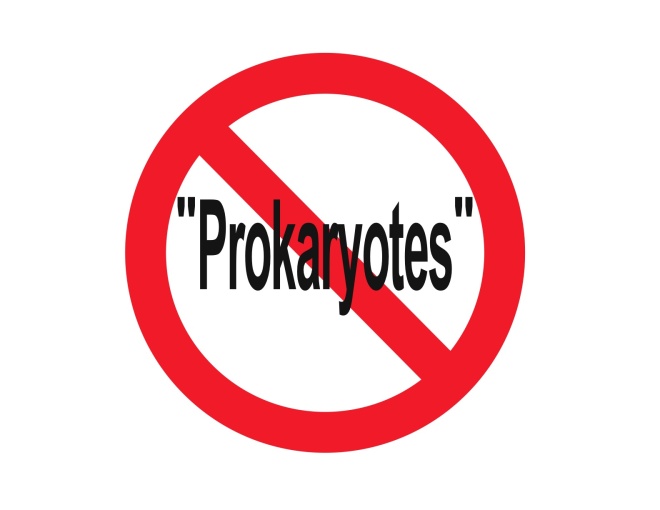As part of our work on a the SPRUCE experiment, we have been quantifying the various microbial activities in a peat bog in MN. We have also been lucky enough to explore some new approaches to improve our research methods as part of this. Two of these efforts involve some pretty cool science ‘toys’. Im going to discuss one below, and save the other for a future post.
One of the ways we are trying to accomplish the above, is to understand more thoroughly how the enzyme activities of microorganisms may vary in response to a range of temperatures. These enzyme potential analyses have been around for years and allow us to understand how microbial activity contributes to the cycling of carbon and nutrients under various specific stimuli. These work are possible now, thanks to work in the past by Bob Sinsabaugh, Don Zak, and many others. We accomplish this by adding peat (or soil) to mixtures that contain a fluorescent dye labeled substrate compound, that the enzymes the microorganisms secrete into the soil (or peat) can breakdown. When the fluorescent label is liberated from the the substrate compound, it fluoresces, and we can quantify it. If we want to quantify this response over a range of temperatures, it usually involves hunting up a host of large incubators in which to do the studies. At most usually 4 or 5 of these are available at any given time. Last month, Meg Steinweg and I visited the lab of collaborator Joel Kostka at Georgia Tech that had a cool toy that allowed us to do this much more efficiently.
 This is a gradient heat block (much like those used for PCR, but bigger) that allowed us to fairly precisely conduct our experiments. It is a custom designed tool that was machined from a block of solid aluminum, and has an electric heater attached on the high temperature end, as well as ports that allow circulation of a chilled glycol solution on the low temperature end. To this they added holes at an even spacing that we can add test tubes too. This creates a precise gradient of temperatures over a range of about 0 to 40 degrees Celsius (~32 to 104 degrees Fahrenheit) to do our enzyme assays. Once we set the temperature, this gradient was repeatable each day as seen below (there are three separate measurements in the graph, taken over two days, that largely overlap!)
This is a gradient heat block (much like those used for PCR, but bigger) that allowed us to fairly precisely conduct our experiments. It is a custom designed tool that was machined from a block of solid aluminum, and has an electric heater attached on the high temperature end, as well as ports that allow circulation of a chilled glycol solution on the low temperature end. To this they added holes at an even spacing that we can add test tubes too. This creates a precise gradient of temperatures over a range of about 0 to 40 degrees Celsius (~32 to 104 degrees Fahrenheit) to do our enzyme assays. Once we set the temperature, this gradient was repeatable each day as seen below (there are three separate measurements in the graph, taken over two days, that largely overlap!)

This science ‘toy’ is translating to some really cool data sets for our SPRUCE projet. In SPRUCE we will be using a belowground heating system to warm up the peat in the bog to understand how all the carbon stored in the peat will respond (a paper on this technology is here). This could have implications for the potential of future climate change to feedback and cause additional releases of carbon dioxide and methane to the atmosphere from bogs and other ecosystems. To get an initial handle on this in laboratory experiments, we used the ‘toy’ above to look at three different microbial enzyme responses tied to carbon, nitrogen and phosphorus cycling using peat collected from Minnesota at different times of the year. Typically we would expect responses leading to a rather smooth exponential curve showing increased activity with increased temperature (up to the point where the enzymes become denatured and activity drops off). Somewhat surprisingly, Meg’s work using this tool, looks to be showing two different responses in at least some samples. In an example of one of our Beta-Galactosidase activity assays below, we see a linear response at lower temperatures (below about 15C), and what seems to be a separate linear response at higher temperatures (above about 15C), instead of the expected exponential curve. While this graph is only showing a set of data originating from one peat sample, for one enzyme activity, collected at one time of year… When we look at a range of such samples, Meg’s data is showing trends that vary by depth in the peat, and time of year the samples were taken. 
Im not sure exactly how these data should be interpreted yet (we need more of them of course), but what it could suggest, is that what we are seeing is enzyme responses from multiple communities of microorganisms, that exist separated by space (depth in the peat) and time (season in which the samples are collected). That would be pretty cool to prove, as it might effect the interpretation of the seasonal responses we will see in Minnesota when we heat up the bog. This is not unprecedented, as we saw similar phenomena when I was studying alpine tundra communities in Colorado during graduate school. However, this could justify more winter trips to MN, which believe it or not, I enjoy!
We have recently began some work collaborating with a group that does sensor development at ORNL, that is related to the SPRUCE project objectives. Hopefully in the near future I will be able to blog about it as well. However, as of now, while im convinced we are producing some really cool toys, the project has yet to produce enough cool data. Hopefully the data arrives soon!



![Andrii_Coring[6]](https://schadtlab.files.wordpress.com/2013/08/andrii_coring6.jpg?w=660&h=992)










